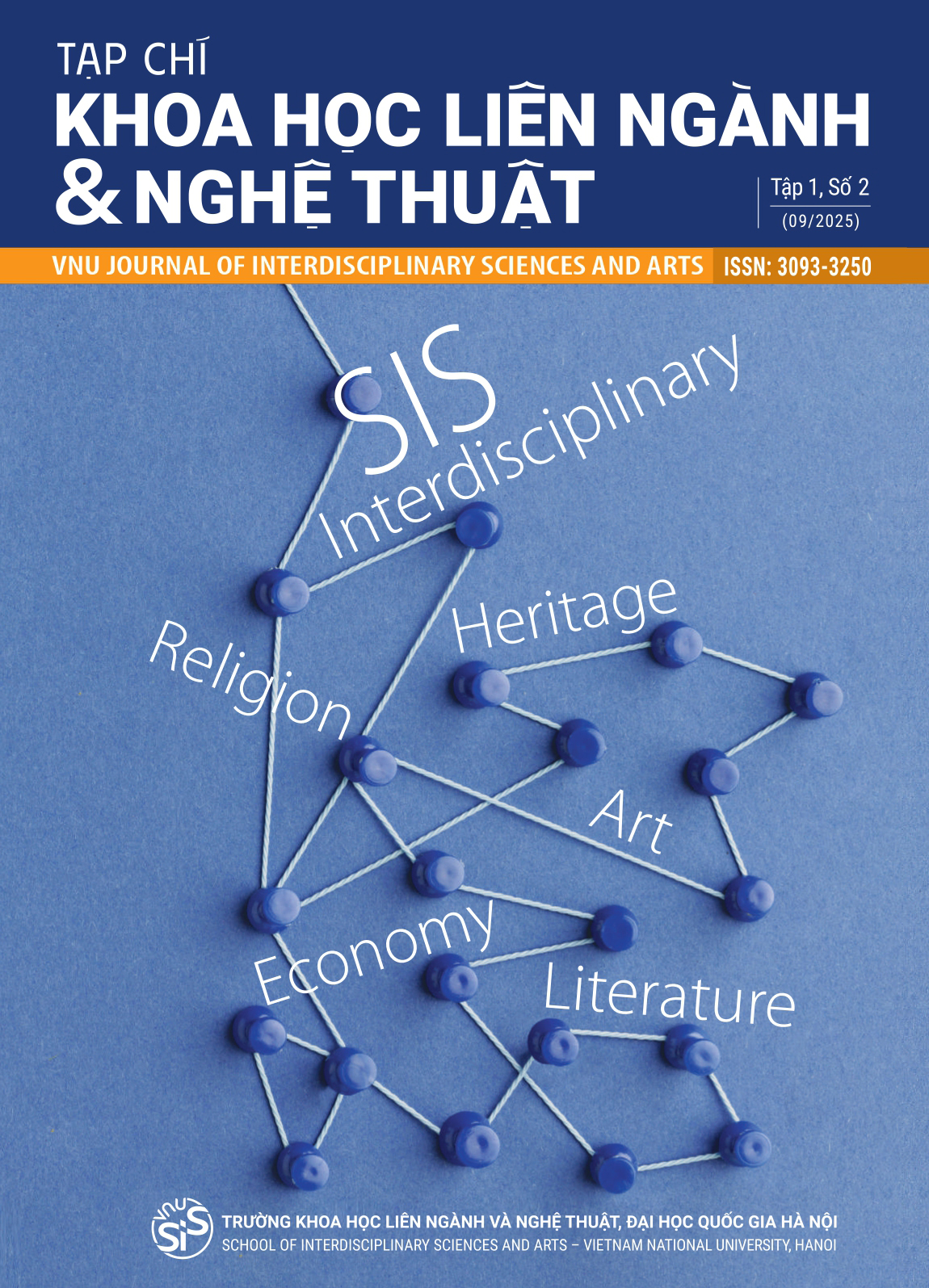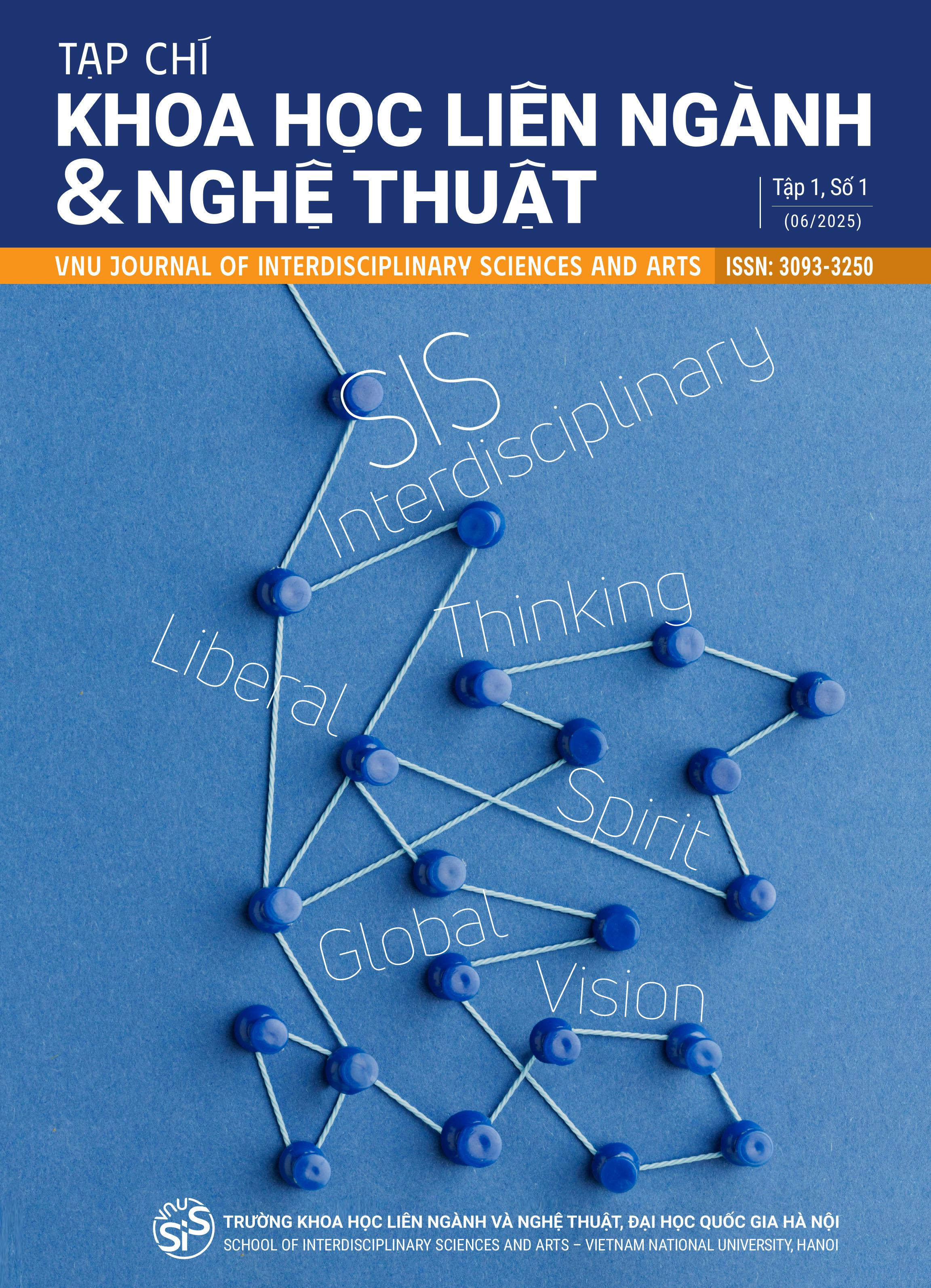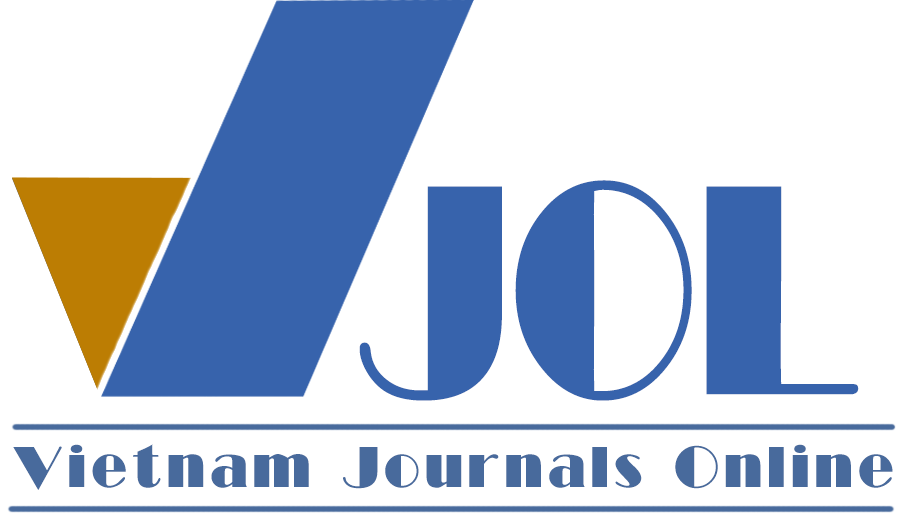Where is the Vietnamese Art Market?
DOI:
https://doi.org/10.64711/d1v77s26Keywords:
Thị trường mỹ thuật, tranh giả, Jean-François HubertAbstract
Vietnam was one of the leading art markets in the Far East during the French colonial period when Nhà Đấu xảo (Le Grand Palais de l’Exposition) was built in Hanoi in the early 20th century. It became a center for auctioning art and handicrafts from Vietnam and other French colonies, showcasing a diverse range of products from traditional crafts to modern art. However, the outbreak of the Franco-Vietnamese War led to the closure of this market, and after being bombed in 1943, the Grand Palais was dismantled. From the August Revolution in 1945 to the Đổi mới Reforms of 1986, Vietnam Vietnam effectively had no functioning art market. It wasn’t until after the Đổi mới period that the art scene in Vietnam began to flourish again, giving rise to the nascent formation of a new art market. Yet this “seedling” soon withered as the widespread proliferation of counterfeit, imitation, and copied paintings and sculptures undermined its growth. Today, it is not difficult to observe that the Vietnamese art market operates in a manner resembling a black market, with numerous transactions occurring outside the purview of reputable national and international regulatory systems. This situation has not only created a chaotic art scene rife with authenticity issues but has also left a significant gap in tax revenues for the state. To integrate into the global art environment, Vietnam needs a healthy creative atmosphere, an appropriate management policy, and a transparent art market. This is the biggest challenge for Vietnamese art to integrate and develop in the global arena of the 21st century.
Downloads
Published
Issue
Section
License
Copyright (c) 2025 VNU Journal of Interdisciplinary Sciences and Arts

This work is licensed under a Creative Commons Attribution-ShareAlike 4.0 International License.






